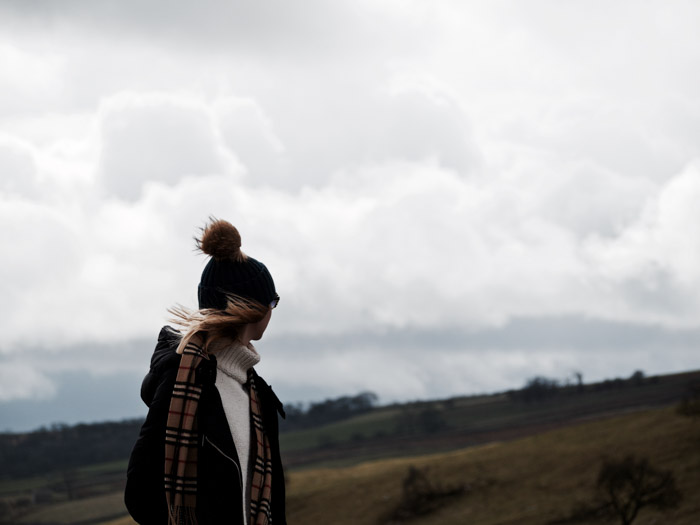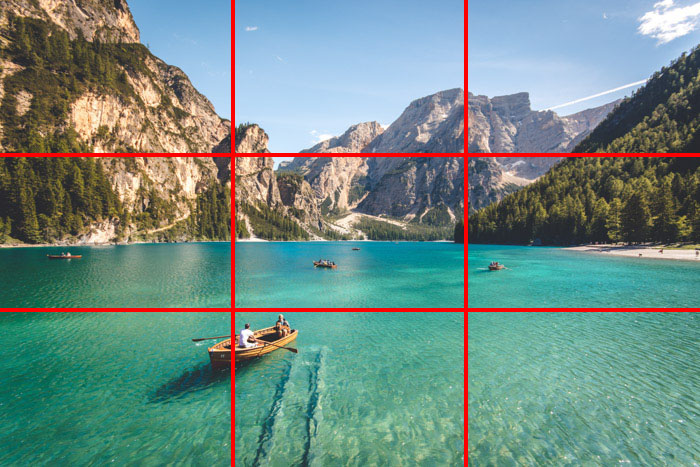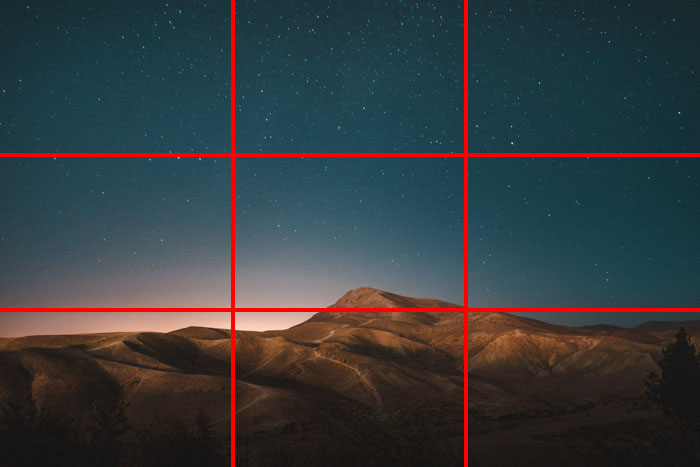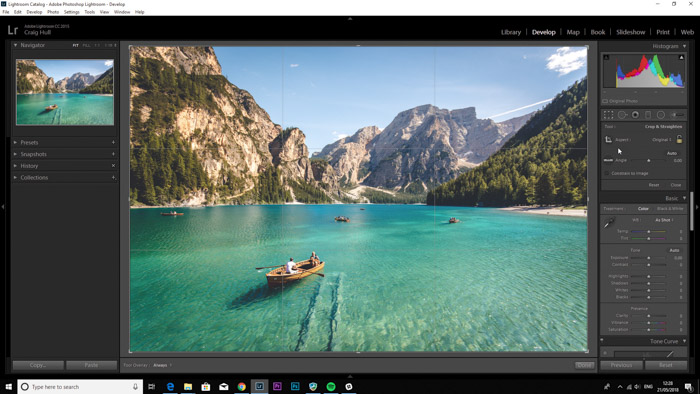Good photography isn’t only about your camera equipment. You also need a great eye, technical skill, and practice. The photographic composition can make or break your image. With practice, you can make a shot of a common subject look unique. The rule of thirds is one of the most fundamental rules of composition and it’s very easy to understand. In photography, we usually rely on our sense of beauty. But using the rule of thirds can be a good starting point to produce images that are more appealing to our eyes. But what is the rule of thirds?
What Is the Rule of Thirds in Photography Composition?
The composition is how you arrange the subject and objects within your frame. The rule of thirds is dividing your frame into nine equal rectangles. You can do this by creating two vertical and two horizontal lines. The four lines will intersect at four points. These are the points where your point of interests should be. You can do this mentally or you can also change the setting on your camera. Most new digital cameras have an option to add the rule of thirds grid onto the screen or within the viewfinder.
How to Use Points of Interest
The relationship between negative space and the subject creates a natural focal point. By default, the viewer looks at the intersection points. Placing points of interest at one of these points balance your image. This also creates more tension, energy, and interest in the photograph. In a portrait, the subject or other main points like the subject’s eyes, are important. Place these elements on one of the intersections. For instance, the subject in the photo below is on one of the intersections.


The same goes for landscape photography, like in the image below. Using the rule of thirds, the photographer placed key elements on the intersections. The rule of thirds grid shows this better. The boat and the mountain lie close to the two intersecting points.


Important Compositional Elements
Some images like landscapes, seascapes, and cityscapes don’t have one point of interest. Aim to divide the image into one-third and two-thirds. For example, when capturing a landscape, use the rule of thirds to place the horizon on a horizontal line. Take the image below; this image isn’t very dynamic as the horizon falls in the middle of the shot.


This photo below however, is more interesting. The landscape takes up 1/3 of the image, where the sky takes the remaining 2/3. This is an effective way to show two elements, where one is more important than the other. This image would not be as dynamic if the sky were only 1/3.

Can You Break the Rule of Thirds?
Many beginner photographers start off shooting everything with their subject smack dab in the center of their frame until they eventually learn The Rule of Thirds. The term “rule”, though, sounds like there is no room for deviation. As an educator, I prefer to think of it as more like “guideline” for composition as it then becomes much less dreadful and a little more beneficial. As creators, we know some rules are meant to be broken, right? Well, yes and no. If you just randomly center everything without rhyme or reason, it may work out in some instances, but in others, well – work could just appear very amateur. The Rule of Thirds can be broken, but it’s important to understand any rule before you break it and more importantly, to have and understand your reason for breaking it. The concept behind a picture will always outweigh the photography composition. The composition can make your frame more interesting if the content is lacking but you should never rely on it.
Rule of Thirds in Post-Processing
You can also use the rule of thirds during post-processing. On software like Lightroom or Photoshop, crop your images to remove distracting elements. A tighter crop makes the viewer focus on your composition. The rule of thirds grid can help you achieve a better crop so that subjects fall on the intersections. In Lightroom, press ‘R‘ on your keyboard to toggle the rule of thirds grid on your image. Clicking on the crop tool will also activate this overlay. In Photoshop, there is no such command, however, you can make your own grid by using guides, found in View>New Guide.

Conclusion
Utilising the rule of thirds is an essential composition technique which can add balance and harmony to your image. We recommend you to practice this by using the grid of your camera’s Live View. Eventually, you’ll end up guiding your viewer’s eyes better and making your images even more engaging!


